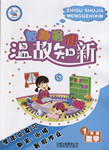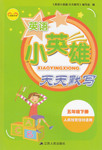题目内容
.Water, which seems to be so simple and common, is ______ makes life possible.
A. that B. which C. what D. where
【答案】
C
【解析】

练习册系列答案
 智趣暑假温故知新系列答案
智趣暑假温故知新系列答案 英语小英雄天天默写系列答案
英语小英雄天天默写系列答案
相关题目
题目内容
.Water, which seems to be so simple and common, is ______ makes life possible.
A. that B. which C. what D. where
C
【解析】

 智趣暑假温故知新系列答案
智趣暑假温故知新系列答案 英语小英雄天天默写系列答案
英语小英雄天天默写系列答案